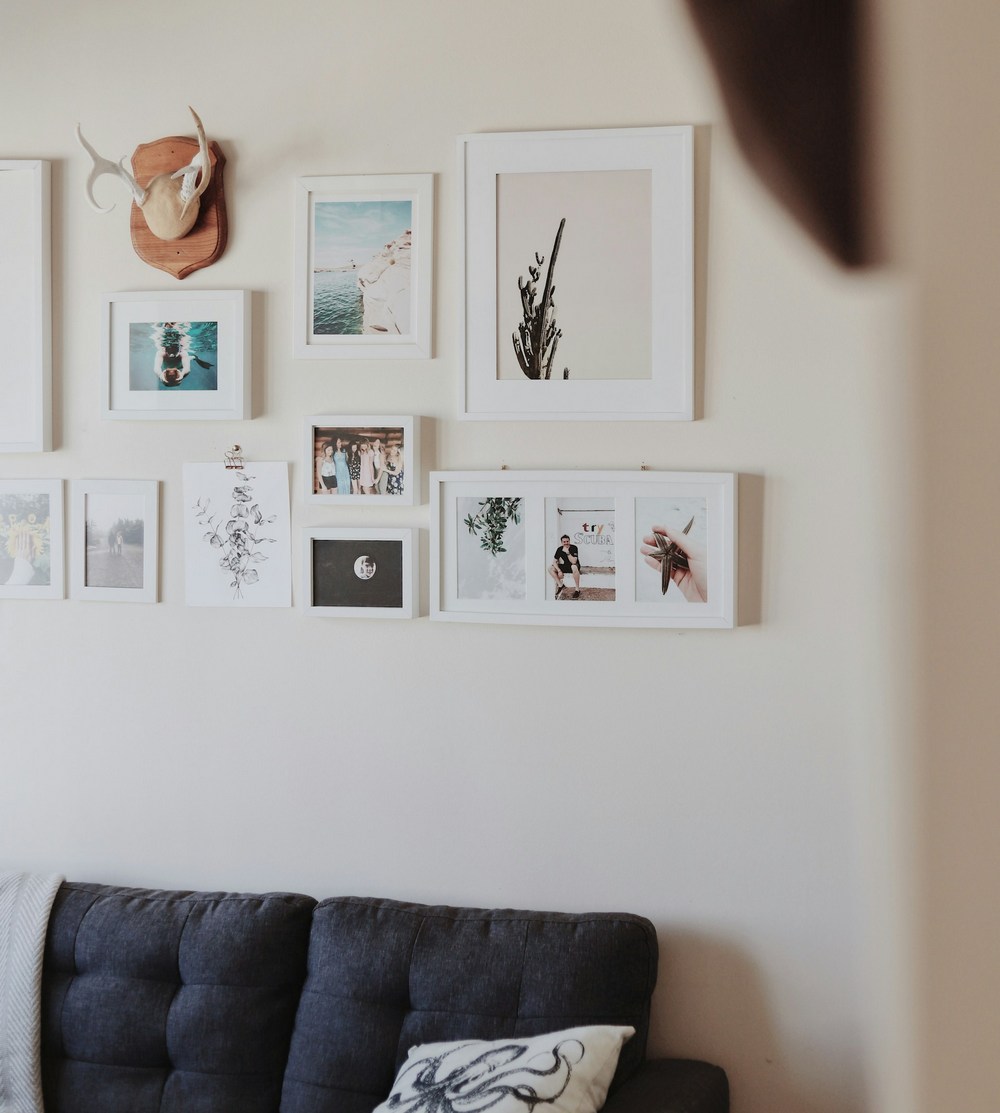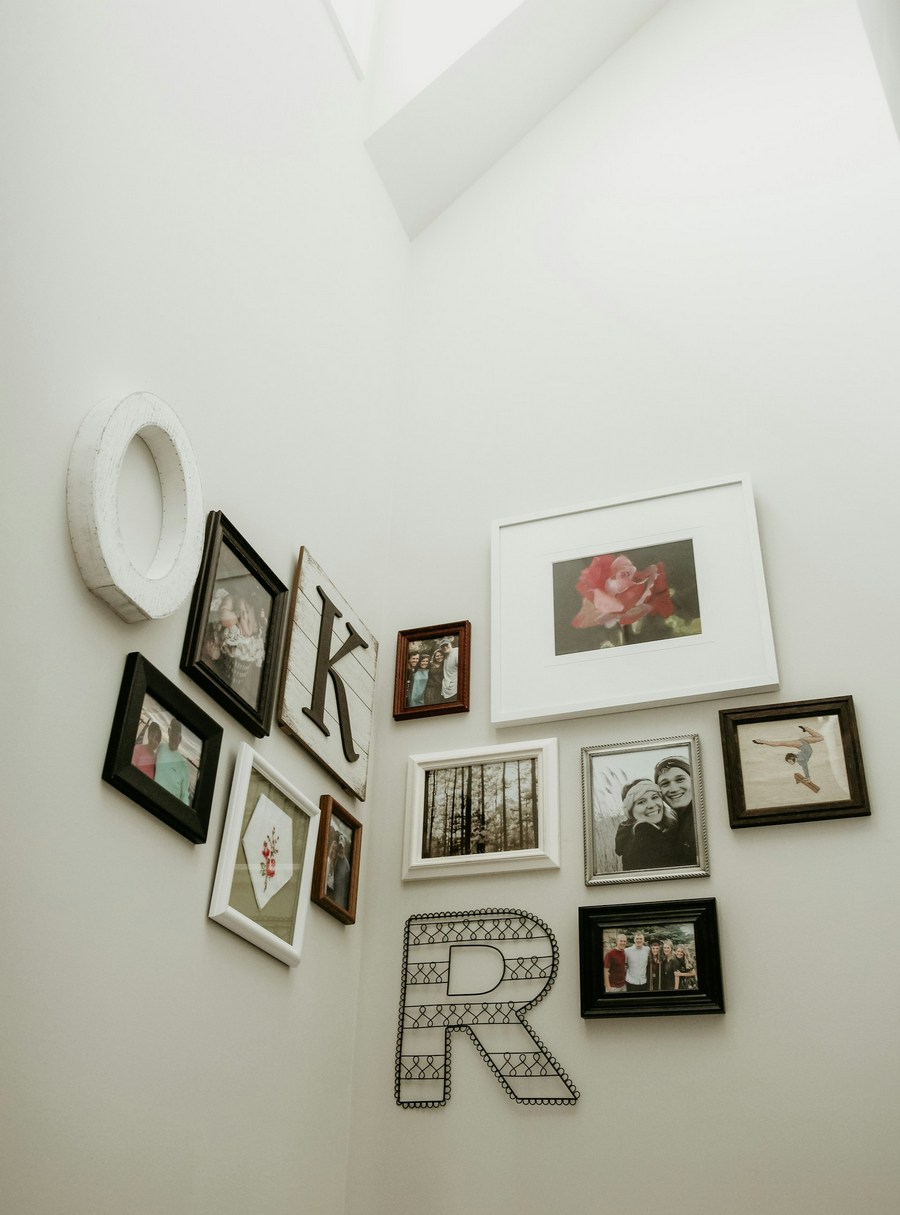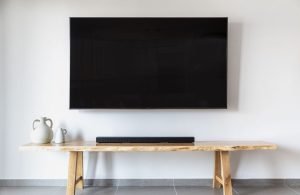Last Updated on October 30, 2025 by teamobn
Revamping your space can be challenging, especially if you have existing furniture you need to work with. Whether you are going for an eclectic mix of designs or simply reinventing your environment, you should update your space with carefully picked pieces, and many find that this method highlights who they are.
Here’s a simple guide to help you ensure that your chosen wall art suits the place and your personality.
Contents
Understanding Different Types of Wall Art

Learning about various wall art styles helps you combine them well. Every type and of art has a style that can improve a room’s appearance. Here are a few wall art types to keep in mind:
Paintings & Canvas Art
Paintings and canvas art are typically characterized by expressive brushstrokes and rich textures that make it multi-dimensional. Available in numerous sizes, colors, and even framing options, these types of canvas art encompass just about everything from abstract styles, to landscapes, and even beachscapes.
Prints & Posters
Wall posters and prints are lightweight and versatile. Coming in a range of themes and in a variety of formats, these are perfect if you’re keen on refreshing your space on a budget or simply experimenting with different looks.
Variety is what keeps a wall from feeling flat — mixing canvases, prints, and photography introduces contrast in texture, sheen, and scale so the display feels collected rather than cookie-cutter. Once you’ve grasped why that mix matters, it helps to see real-world compositions for inspiration before you map out your own gallery.
Browse these curated wall decoration ideas to spark your creativity to spot layouts, frame pairings, and color stories that translate well to your space. Viewing examples first primes your eye, making the step-by-step arrangement tips that follow more intuitive to apply.
Photography
Photos lend a cozy and intimate look to any space. These capture a specific moment in time, immortalizing your story. Whether these feature architectural images in black and white to vibrant seascapes, prints give your space beauty by bringing real life right into your home.
Choosing a Unifying Theme or Style
Having a common theme in your space ensures a more cohesive look. For example, if you wanted a coastal theme, adding beach wall art can bring calm colors and ocean scenes to modern or mixed settings.
Consider these aspects when thinking of a theme or style to balance out the visual balance:
- Color Story
Find artworks that either play well with the existing colors of your space or ones that nicely contrast it. To avoid making your home from feeling overwhelming, try to pick two or three main colors that you wish to revolve around. This lets you mix and match artwork without going overboard.
- Mood and Vibe
Think about the ambiance you want your space to exude. Match your coastal living room with beach wall art and some textures to bring in a boho feel. The same goes for dining rooms; infuse it with vibrant energy using bold and colorful art pieces.
- Subject Focus
Tell a story based on the subject matter you want to focus on. It could be the tranquil coastal retreat that transports you to your favorite cabin by putting up beach wall art with natural wooden textures. Or, it could also be your recent travel abroad, showcasing the lively city life and its picturesque nature scenes.
Whatever you go for, remember that the theme helps you cement the narrative you want to convey. Cohesion doesn’t stop at the frame — what surrounds your art completes the story. Echo colors from your pieces in throw pillows, add a textured runner beneath a gallery wall to ground the vignette, or layer a picture light to unify a set.
Small styling bridges like vases, sconces, and textiles can harmonize palettes and pull sightlines together. For room-wide polish, consider complementary accessories that tie your wall art together so your display feels integrated with the furniture, lighting, and décor across the space.
Mixing Frames, Textures, and Sizes
Building a unique and diverse collection is possible. Decorating your home gives you the freedom to play around with different textures.
You can showcase different art using a combination of both framed and unframed pieces. For instance, you can pair a canvas beach wall art print with a wooden frame for a lived-in look. Meanwhile, abstract or geometric pieces work well with smooth and sleek metallic frames.
Feel free to vary frame and art sizes as well. Using circular, square, or even rectangular prints and frames makes for a more dynamic display of art.
Creating a Gallery Wall
A gallery wall is a great way to mix and match art while still conveying a narrative. Showcase multiple pieces of art using these tips:
- Unify the theme.
A gallery wall can be a mesh of different things – family portraits, beach wall art, paintings, and prints. Whatever you’re going for, unify the theme by echoing the same tones or subjects. You can even use the same frame style or color to tie pieces together from different eras.
- Plan your layout.
Start with a huge central piece in the middle and work your way outwards with smaller and medium-sized pieces. Use cut-outs or digital tools available to help you visualize the layout.
- Mix sizes.
Add visual interest to your gallery wall by combining statement pieces with smaller artworks. This not only lends depth and dimension to your space, but also gives excitement and a more dynamic feel.
Placement and Arrangement Tips
Wall art isn’t just decoration — it’s a spatial tool. The right mix, scale, and placement can anchor a room, guide the eye, and create balance around existing furniture. Before you start pairing canvases with photos or mixing frames and textures, think about how your layout contributes to flow and perceived square footage.
For example, hanging larger pieces slightly higher to draw the gaze upward or clustering a gallery wall to define a focal zone are subtle moves that make rooms feel more open. If maximizing visual space is a priority, explore these smart design tweaks that instantly make your home feel larger — they pair naturally with thoughtful wall art placement and help your styling do double-duty.
Placement is key when making your wall art display. If you are fond of different art styles, deciding how to hang art in your home can be challenging. Below are tips to help you achieve the look you’re going for:
- Create a focal point
Anchor the room visually by placing artwork above large pieces of furniture.
- Spacing it out
Leave some breathing room between the artwork by keeping consistent gaps.
- Mix vertical and horizontal layouts
Give your display more depth and movement by combining landscape- and portrait-type pieces.
Balancing Art with Other Décor Elements
Integrating wall art into your home’s design helps create balance. One can see art as part of the room’s color and texture plan, and you can choose pieces that match or contrast with the wall colors. If walls are plain, bright or bold art can add a clear contrast, while darker rooms might benefit from softer pieces.
Texture plays a role, too. A balanced collection might include framed art along with items like fabric hanging, metal sculptures, or woven baskets, as these add a simple feel and extra layers.
Another essential element is lighting. It plays a big part in highlighting art through the use of accent or picture lights. Plus, it can bring out intricate details and true colors.
DIY and Personal Touches

Adding personal touches to your art collection makes your home unique. Here are some DIY project ideas to inspire you:
- Photo collage
Blend creativity with nostalgia using photos that reflect your life.
- Mixed-media pieces
Combine various materials and textures in one work to give the space an exciting flair.
- Curated gallery walls
Showcase your preferences by dedicating a wall for art you know and love.
You don’t have to splurge to build a striking collection. Thrift stores, estate sales, and online marketplaces are great for frames and vintage prints, while high-resolution downloads let you rotate fresh looks on a budget.
And if you’d rather put a personal stamp on your walls, try these approachable DIY art projects you can create at home—from textured canvases to photo transfers, they deliver custom pieces that fit your palette, scale, and story without the boutique price tag.
Conclusion
Mixing different types of wall art lets you share your story through the pieces you choose to display. Knowing the details of various art forms, picking a theme, and placing pieces well helps create a gallery of life moments for your place. There are also wallpaper if you want a uniform design for your home.






